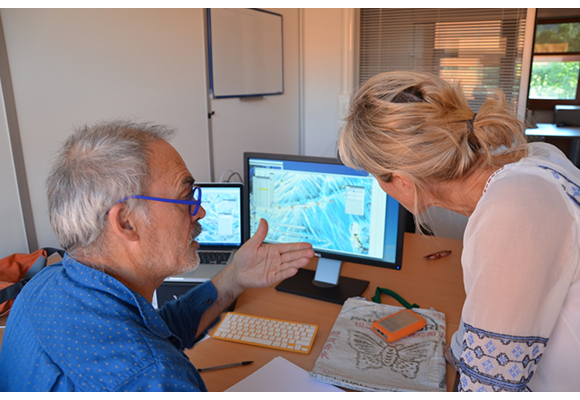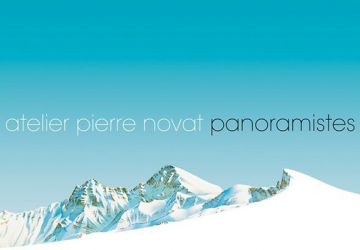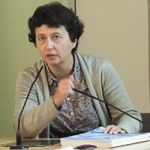Projet de recherche
MEmory, COnnaissance and MOdelisation of the Mountain: innovations and transfer of tools for the design of panoramic plans
Grenoble et stations de ski rhônalpines
Du 01/04/2015 au 31/12/2017

The project is an original collaboration between geographers, cognitive scientists (INRIA GRA), historians (LARHRA) and computer scientists (LIG), around the study of the evolving representation of a territorial model: the design of ski resort trail maps.
From a historical point of view, it is part of the revival of studies on the history of territories and innovation, especially applied to the mountain, in coordination with the work of the International Society for Alpine History. It contributes to the current broadening of historical sources and to the setting up of new multidisciplinary approaches.
The cognitive approach of the project aims to restore the practice of this representation over time and thus in the evolution of a socio-geographic system (ski resorts). From a geo-cognitive point of view the project takes up the challenge to grasp the cognitive mechanisms underlying the production and interpretation of these maps.
From an IT point of view the project takes up the challenge of modernizing the paper support. The digitalization of real-time information, the immersive environments, the scalable applications, are technological paths to explore, in order to respond more adequately to the new practice in winter sports.
Though the research on panoramas and ski maps has been extensively detailed in the US, as far as we know, there were no scientific projects on this topic in France.Our case study concerns mountain representations according to the artistic style of the “Atelier Novat”, the pioneer French ski mapmaker that uses the panoramic view. Likewise other “panoramic” artists, the “Atelier Novat” artists bring their expertise to combine in a single mountain panorama, the objects of the landscape which are not visible in a real angle of view: the panorama is realistic, easy to read, but subtly distorted.
Ski maps are built from land morphology, local knowledge, and marketing applications. The resulting representation seems to provide common readable information. They are actually related to practices of space which ever changing in time and which require regular adaptations to their representations. According to some mountain operators, paper maps no longer meet the needs of a large part of the customers; the question now arises of their adaptation to digital media (iPhone, tablets).
The final aim of our project is an innovative response to the adaptation of paper ski maps to digital media according to cognitive findings and the historical context. A software development for interactive, customizable, editing ski trails maps that should be able to generate a digital immersive environment (following the «Novat artistic style» starting from the place where the skier is situated. This specific feature is essential to make a difference between the allocentric view provided by the paper map and egocentric view supported by the 3D environment.
Institutions partenaires

SFR « Innovation, Connaissances et Société »
Co-financement

LAboratoire de Recherche Historique Rhône-Alpes (UMR CNRS 5190)
Porteur du projet

Inria Grenoble Rhône-Alpes
Partenariat scientifique

Laboratoire d'Informatique de Grenoble - UMR 5217
Partenariat scientifique

L'Atelier Pierre Novat
Co-commanditaire

 Facebook
Facebook Forward
Forward Google+
Google+ LinkedIn
LinkedIn Twitter
Twitter





